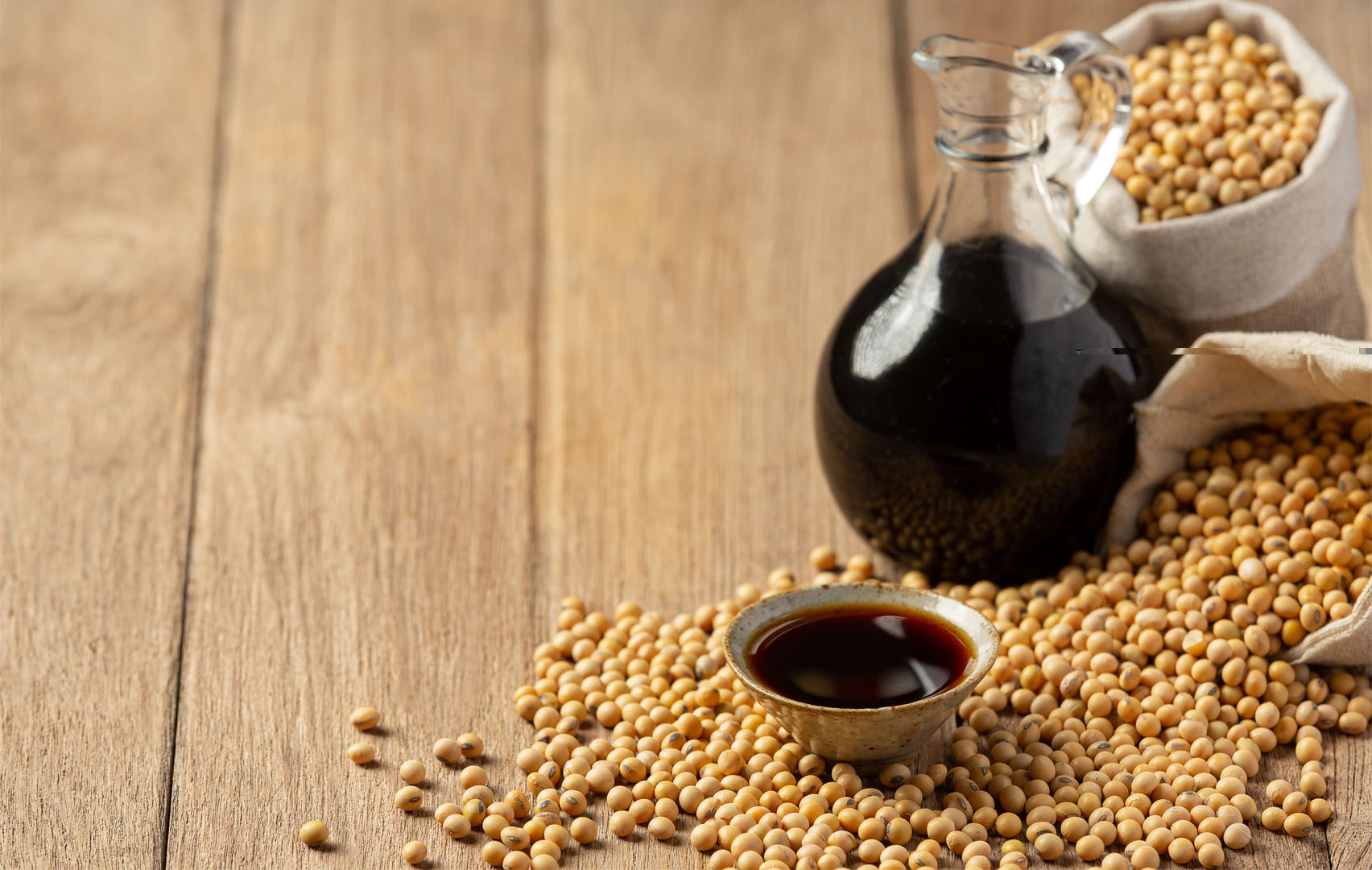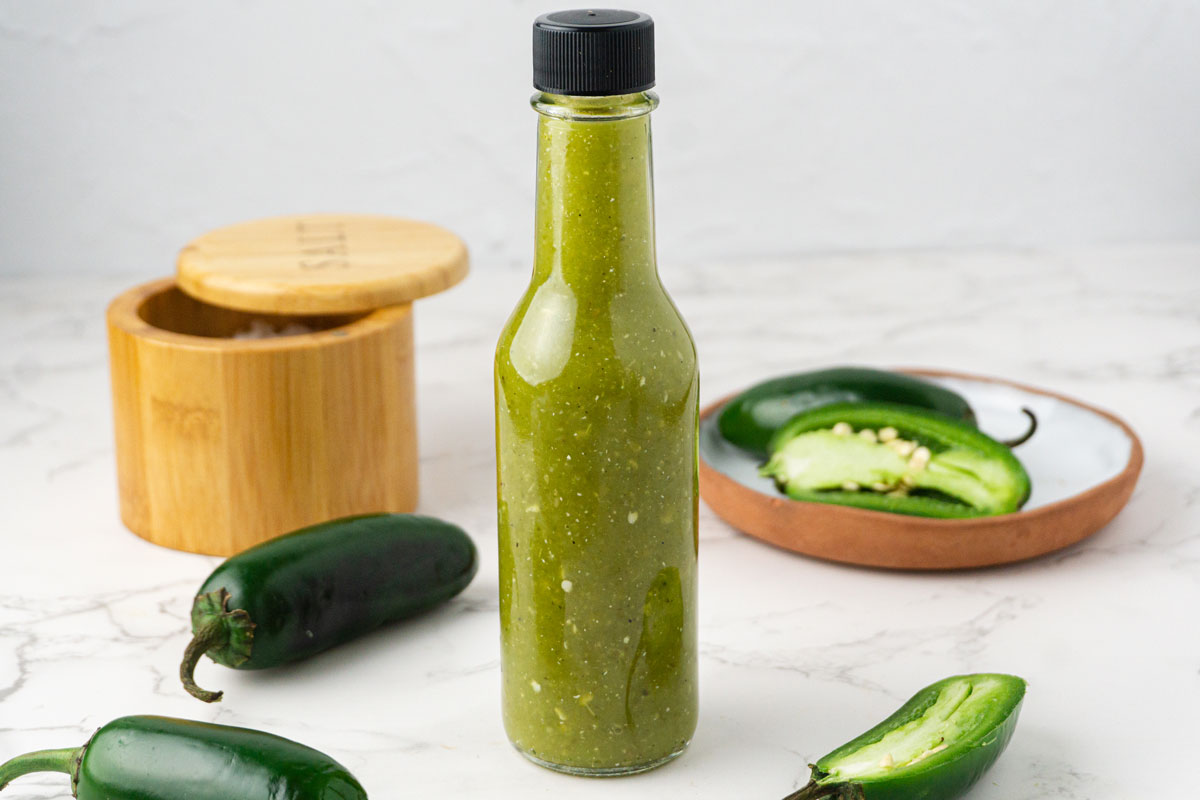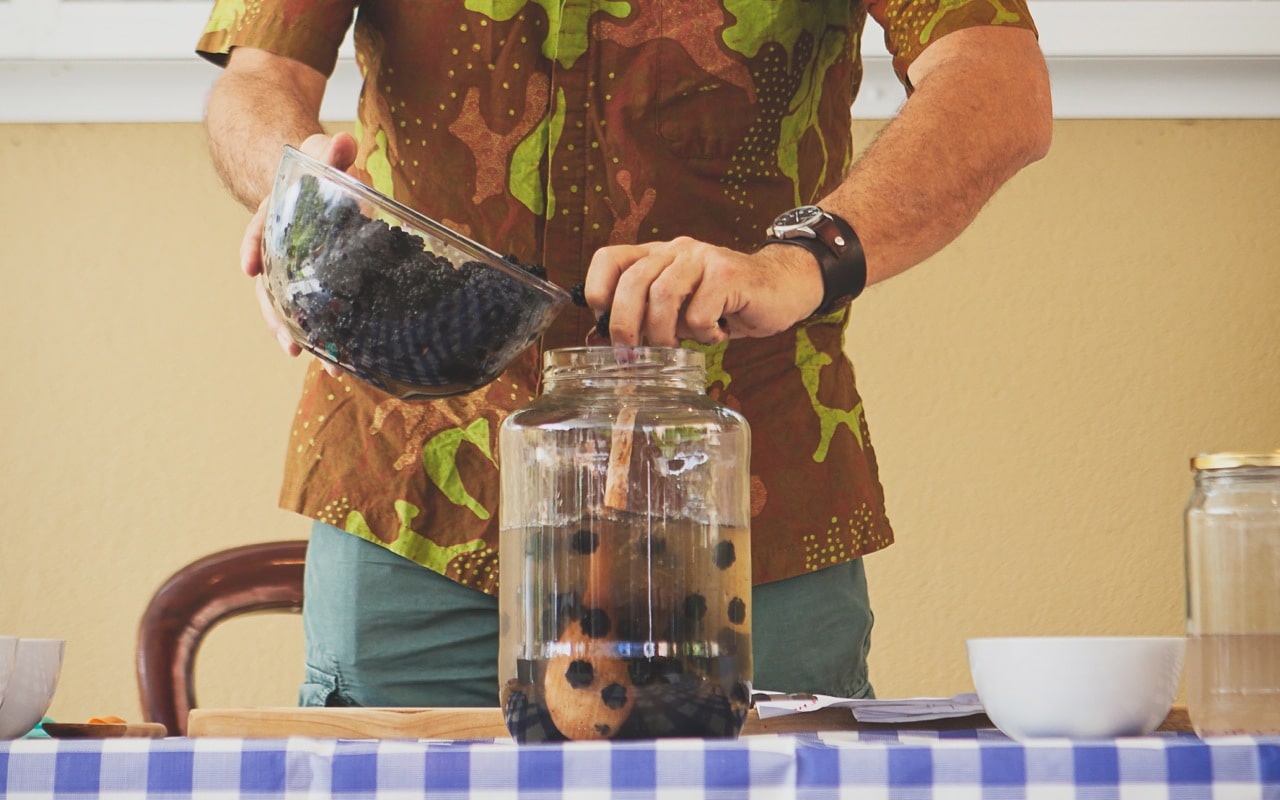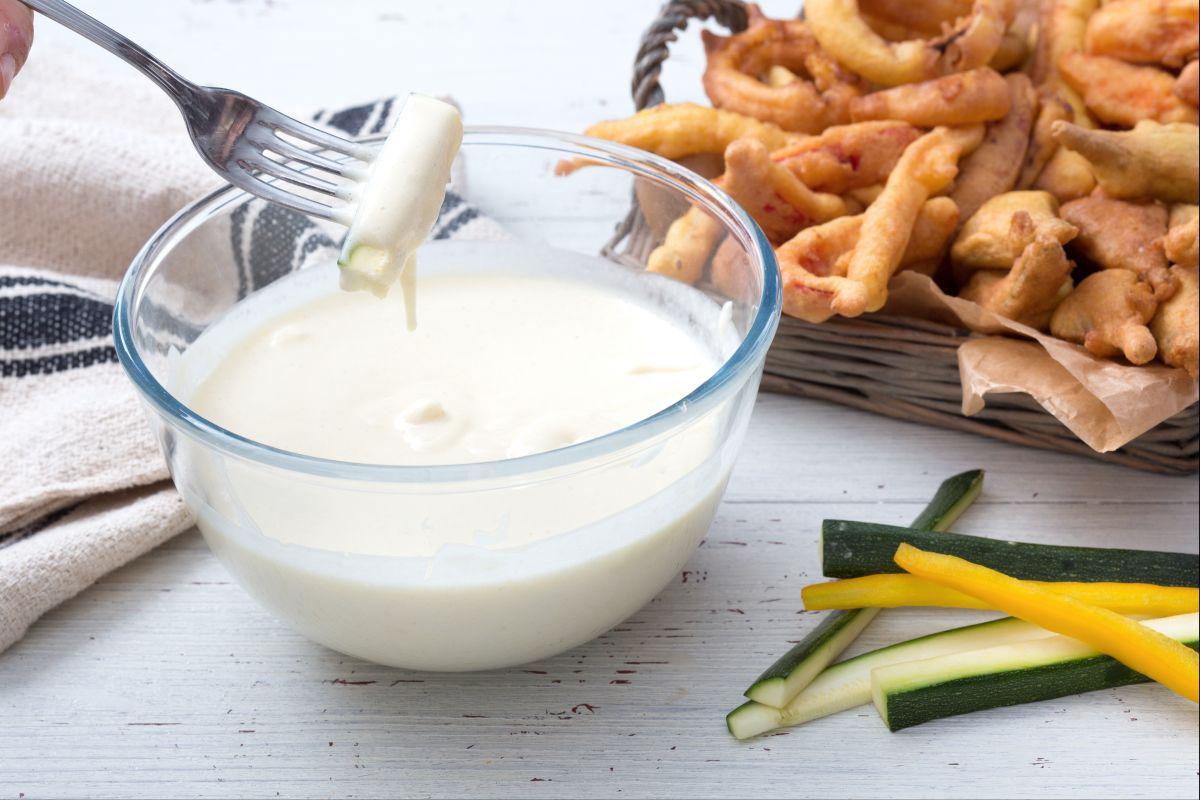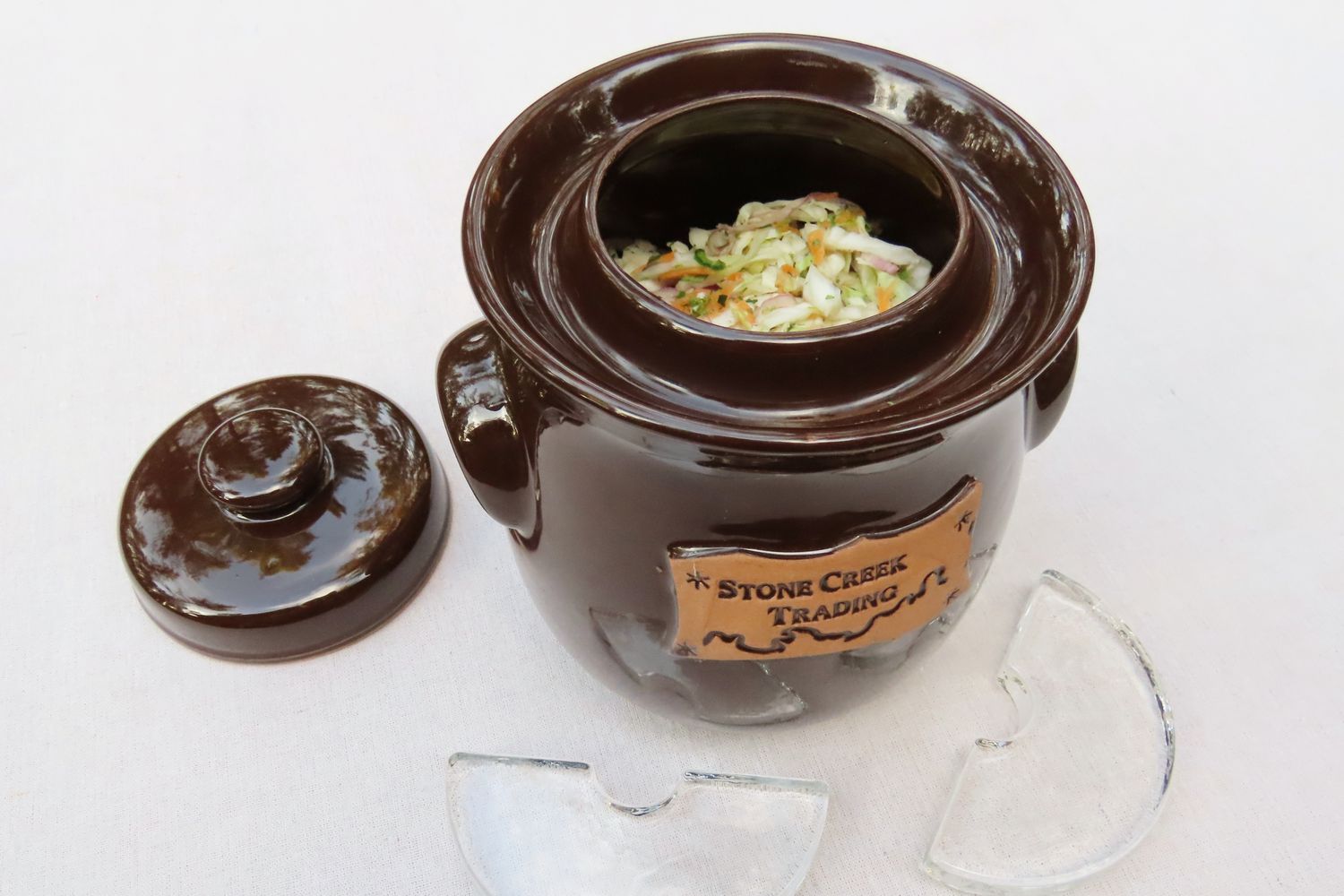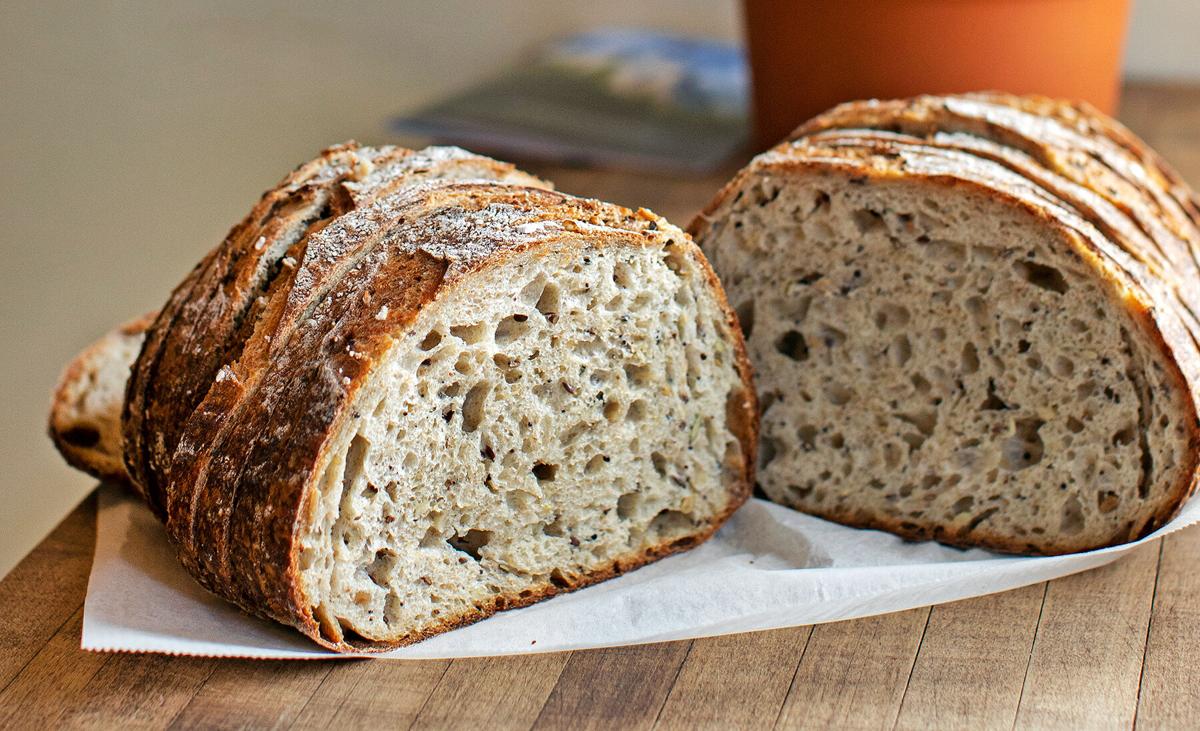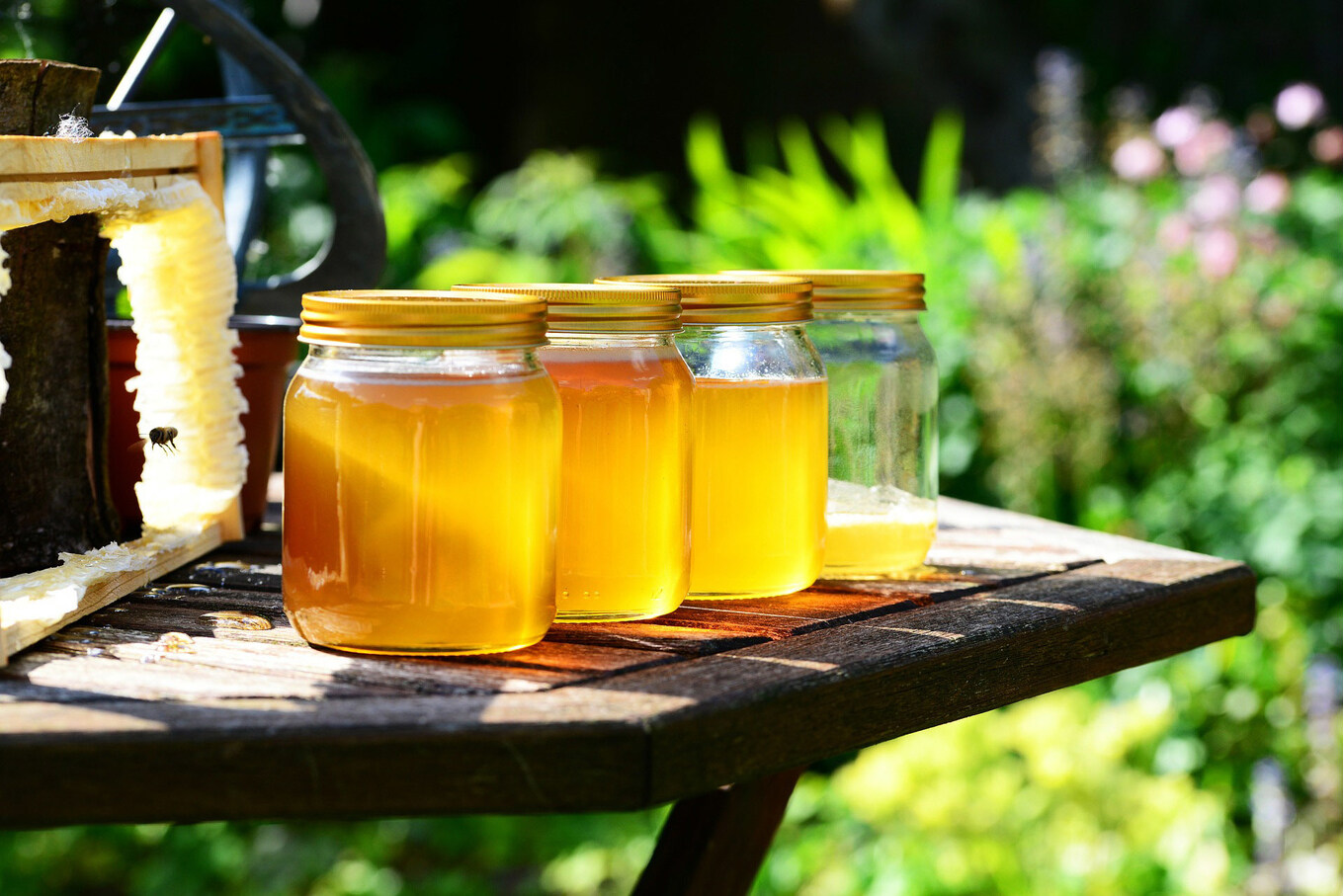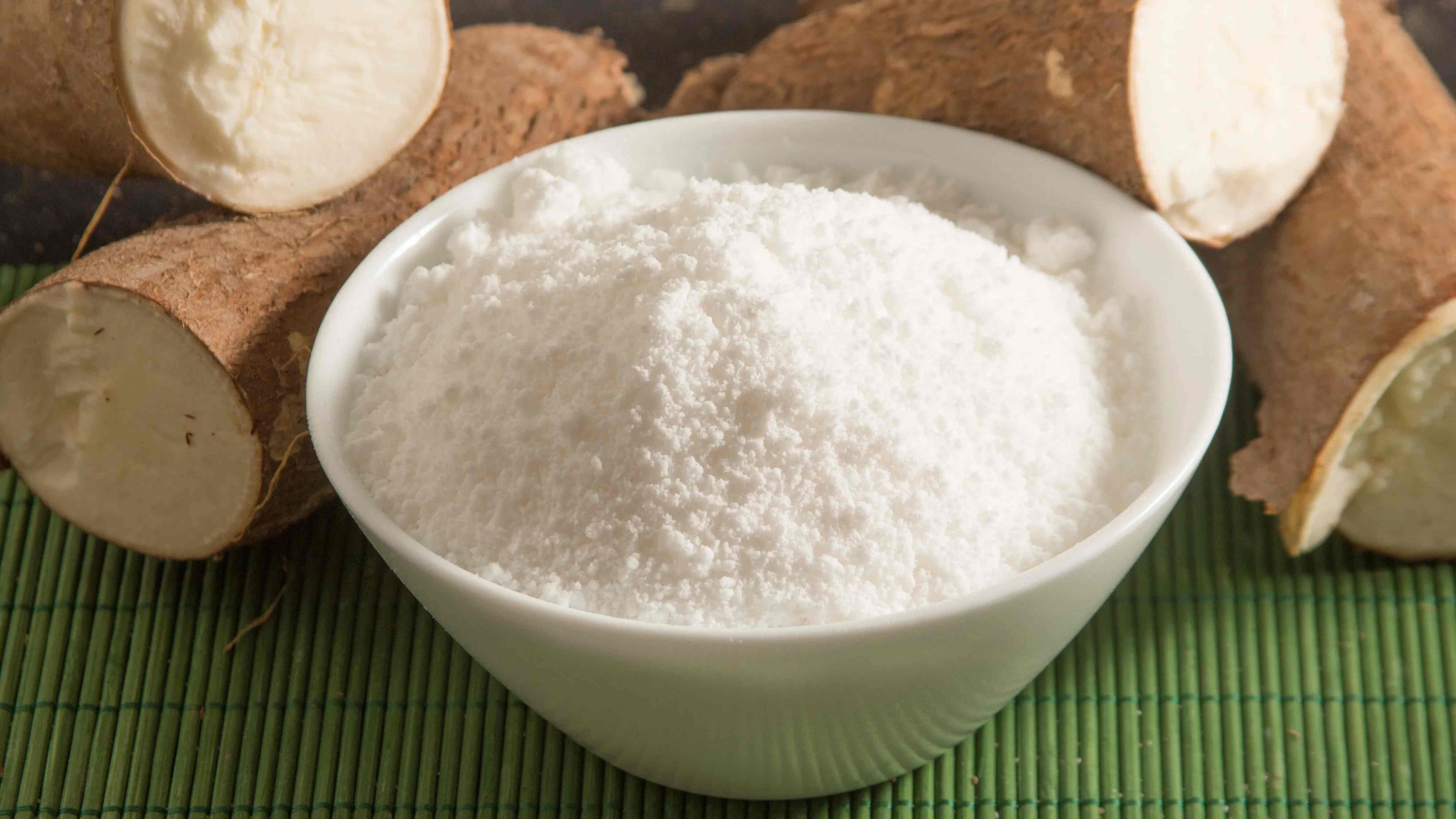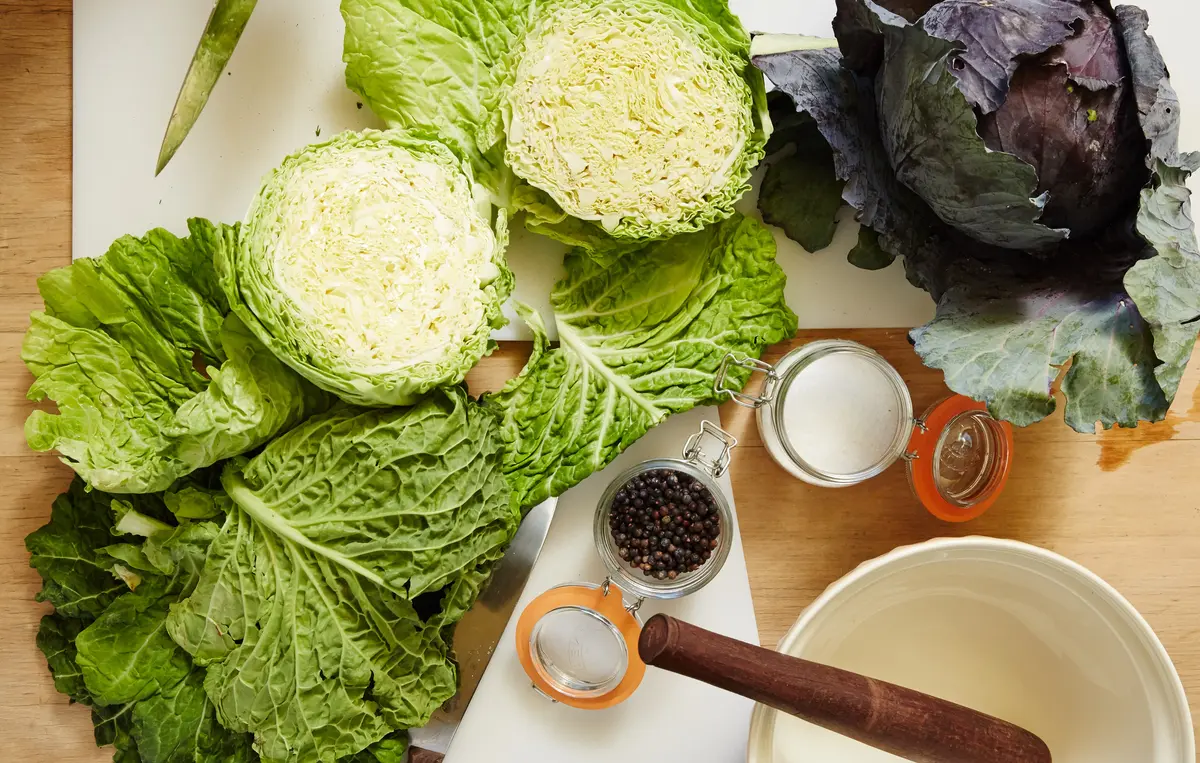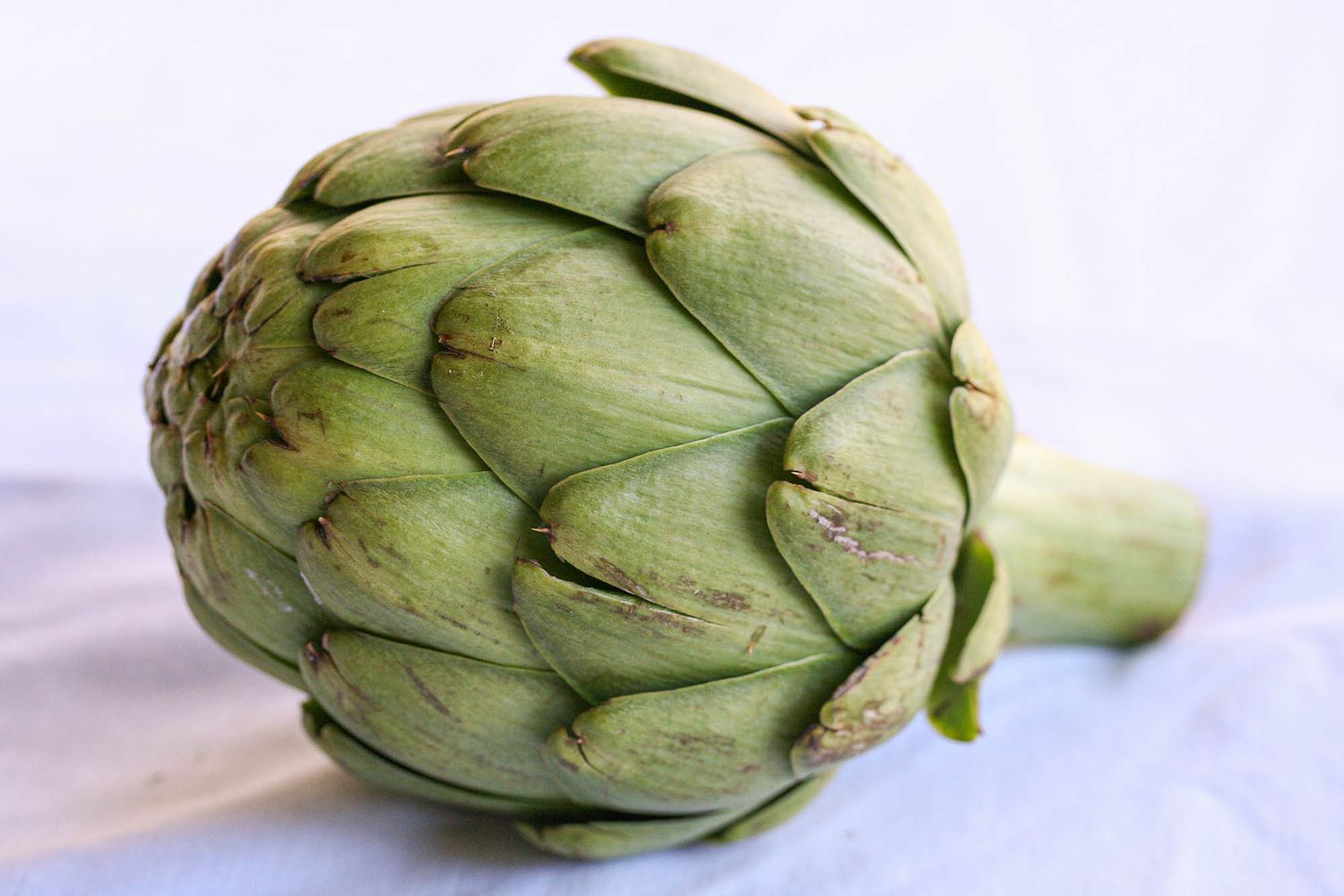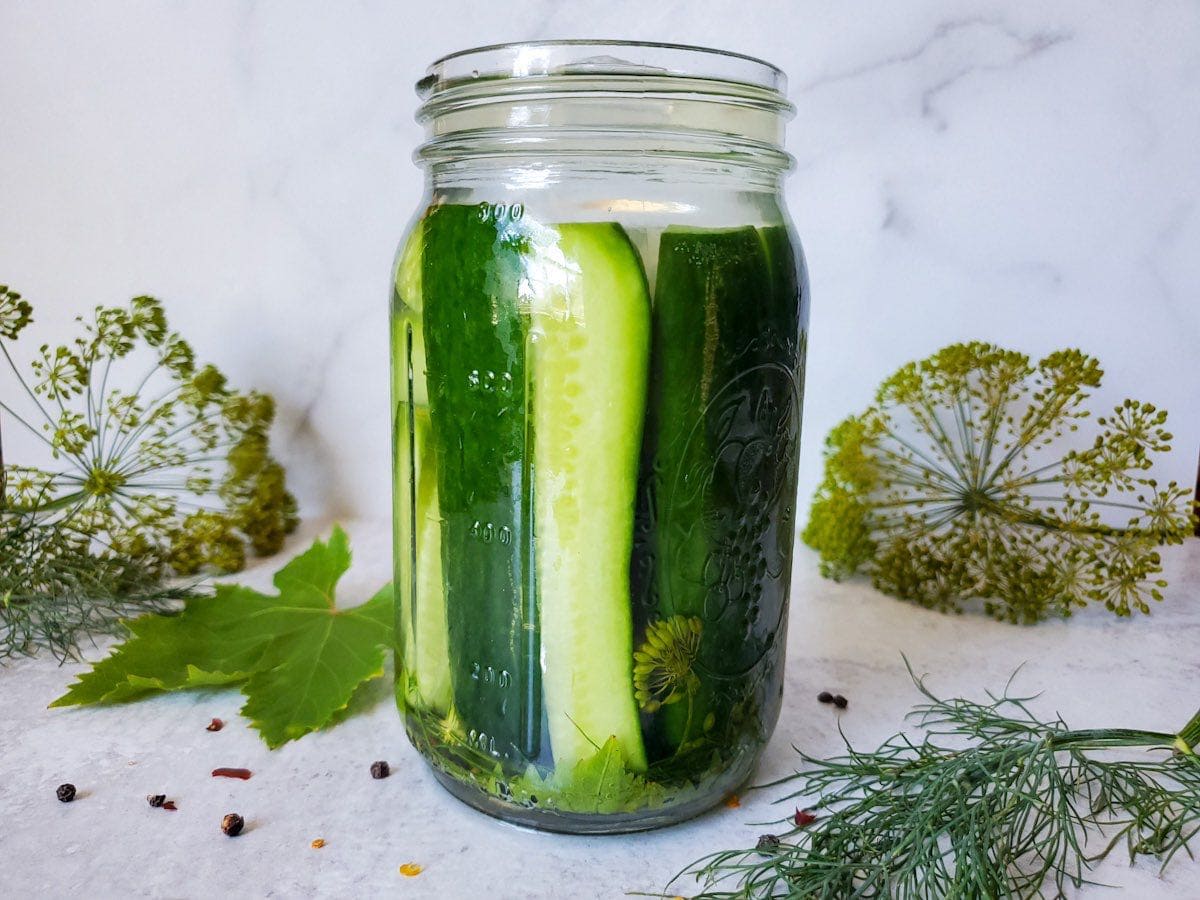Discover the Art of Fermenting Collard Greens
Welcome to the wonderful world of fermentation! If you’re a fan of probiotic-rich foods and want to try your hand at fermenting vegetables, then you’re in for a treat. In this guide, we’ll walk you through the process of fermenting collard greens, a delicious and nutritious way to enjoy this leafy green vegetable. So, grab your mason jars and let’s get started!
Ingredients You’ll Need:
- Fresh collard greens
- Sea salt
- Filtered water
- Garlic (optional)
- Red pepper flakes (optional)
Step 1: Prepare the Collard Greens
Start by washing the collard greens thoroughly to remove any dirt or debris. Once clean, remove the tough stems and chop the leaves into bite-sized pieces. Place the chopped collard greens in a large bowl.
Step 2: Create the Brine
In a separate container, mix sea salt with filtered water to create a brine. The general rule of thumb is to use 1-2 tablespoons of sea salt per quart of water. Stir the brine until the salt is completely dissolved.
Step 3: Pack the Collard Greens
Transfer the chopped collard greens into a clean, sterilized mason jar. If desired, add garlic and red pepper flakes for extra flavor and a hint of spice.
Step 4: Add the Brine
Pour the prepared brine over the collard greens, making sure they are fully submerged. Leave some space at the top of the jar to allow for expansion during the fermentation process.
Step 5: Fermentation Time
Seal the mason jar with a lid and place it in a cool, dark area to ferment. Check the jar every day to release any built-up pressure and ensure the collard greens remain submerged in the brine. The fermentation process typically takes 1-2 weeks, depending on your taste preferences.
Step 6: Enjoy Your Fermented Collard Greens
Once the collard greens have reached your desired level of tanginess, transfer the jar to the refrigerator to slow down the fermentation process. Your fermented collard greens are now ready to be enjoyed as a flavorful addition to salads, sandwiches, or as a tasty side dish.
Experiment with different seasonings and spices to create your own unique fermented collard greens recipe. The possibilities are endless, and the health benefits are abundant. Fermented foods are known for their gut-friendly probiotics, which can support digestion and overall well-being.
Now that you’ve mastered the art of fermenting collard greens, you can apply these techniques to other vegetables and expand your fermentation repertoire. Get creative, have fun, and savor the delicious, tangy flavors of homemade fermented collard greens!
Was this page helpful?
Read Next: How To Ferment Kale
